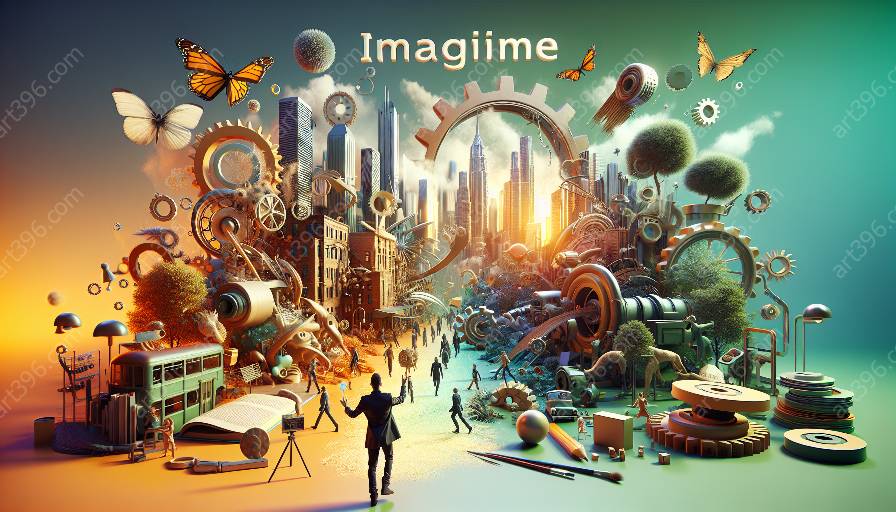3D modeling plays a crucial role in the preservation and documentation of cultural heritage, allowing for the creation of accurate digital representations of objects, artifacts, and historical sites. This technology has revolutionized the way we interact with and study our cultural past, offering new avenues for research, education, and conservation.
Preservation Through 3D Modeling
3D modeling enables the preservation of cultural heritage in various ways. By creating detailed digital replicas of artifacts, monuments, and archaeological sites, 3D modeling allows for better conservation and protection of these valuable assets. These models can be used to monitor the condition of heritage sites, plan restoration and conservation efforts, and even simulate the impact of natural disasters or climate change on these sites.
Moreover, 3D models can serve as invaluable records for future generations, capturing the intricate details of cultural artifacts and historical structures that may degrade over time. Through 3D modeling, the essence of cultural heritage can be safeguarded and made accessible to a wider audience.
Enhanced Interpretation and Education
3D modeling breathes new life into cultural artifacts and historical sites, enabling researchers, educators, and the public to engage with these resources in innovative ways. By creating accurate and immersive 3D reconstructions, researchers can explore and interpret cultural heritage in ways that were previously impossible. These models provide insights into the original form, function, and context of artifacts and structures, offering a deeper understanding of our cultural legacy.
Furthermore, 3D models can be utilized in educational settings to enhance the learning experience. Students can virtually explore ancient ruins, examine intricate details of artifacts, and gain a more profound understanding of historical contexts through interactive 3D models. This technology bridges the gap between the past and the present, fostering a greater appreciation for cultural heritage.
Compatibility with 3D Modeling and Rendering
The role of 3D modeling in cultural heritage preservation is closely intertwined with 3D modeling and rendering technologies. Through advanced software and rendering techniques, 3D models can be brought to life with stunning realism, allowing for meticulous visual representation of cultural artifacts and historical sites. These rendering capabilities enable the creation of visually compelling and accurate digital replicas, further enriching the preservation and interpretation of cultural heritage.
3D Modeling and Photographic & Digital Arts
In the realm of photographic and digital arts, 3D modeling serves as a powerful tool for creative expression and storytelling. Artists and photographers can integrate 3D models of cultural heritage into their compositions, adding depth, context, and historical significance to their work. Whether through digital art installations, virtual exhibitions, or immersive experiences, the integration of 3D models enhances the aesthetic and narrative impact of photographic and digital art, creating compelling visual narratives that celebrate and commemorate cultural heritage.
Therefore, the intersection of 3D modeling, rendering, and photographic & digital arts opens up exciting possibilities for the fusion of technology and creativity in the preservation and representation of cultural heritage.



















































